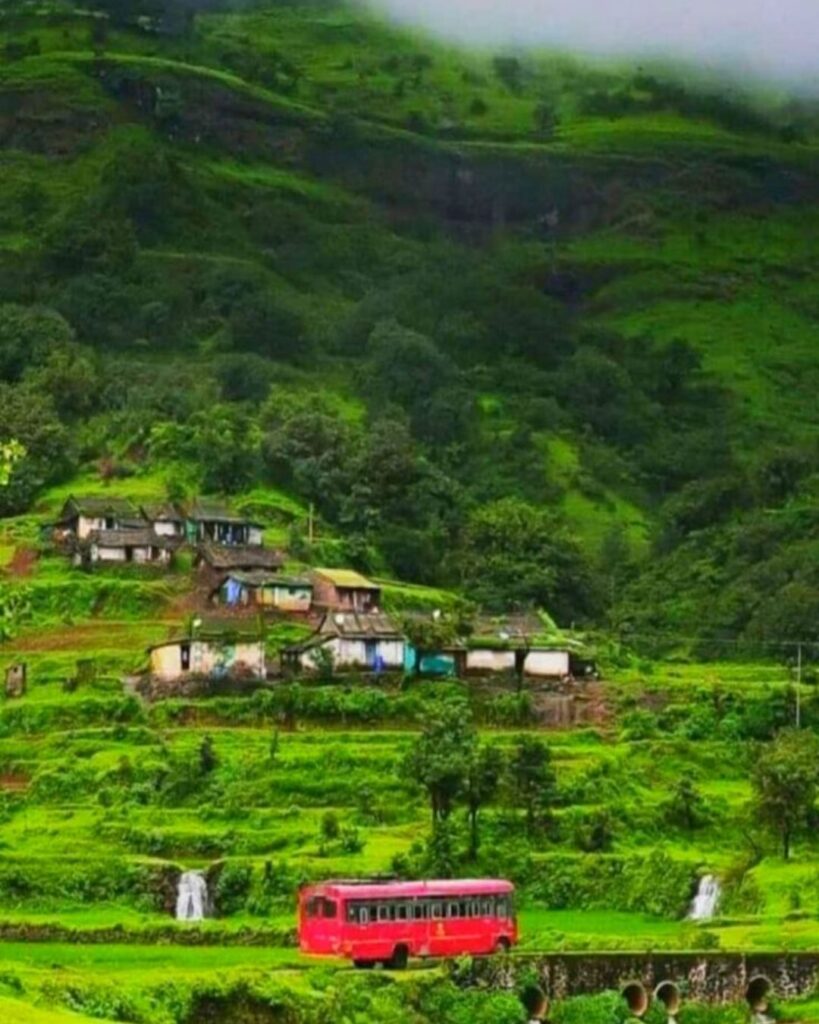When Trends Speak Louder Than Traditions
You see more and more Indian homes online with that clean, white wall aesthetic. It makes you wonder if Pinterest is now deciding what is an “Indian aesthetic” ? Or what is an aesthetic in general ?

When you scroll through home decor on social media, it feels like almost every house has white walls. You hardly ever see homes that look like what an average Indian house is actually like.
These online houses are styled a certain way and usually for rich people.
Is this just what people like? Or is it because of what society expects?
Social media doesn’t just show us what’s popular; it actually makes things popular.
That’s how we get these ‘core’ styles like Barbiecore, Cottagecore, Angelcore, y2k, Old Money aesthetic.
People create online versions of themselves, their fashion, and even how they act, and they form communities around these styles.
A study in 2022 found that about 67% of young Indians feel like they have to follow global trends, even though 60% of them agree that these trends don’t really fit with Indian culture.
We like these global styles not necessarily because they look good to us or match our own taste, but because they make us feel like we belong to a larger group.
And this idea that when people in India try to fit in with what’s seen as a “global” look, it often pushes local styles to the side. And choosing these global styles can lead to a lot of unfair judgment in India.
For instance, if someone says “bucks” instead of “rupees,” people might look down on them.
Or, if you have a Western accent, some people might think you’re either trying to show off or that you’re obsessed with Western culture.
Or you might hear them say “angrej chale gaye inko chhod gaye”
Basically, there’s this common feeling that if you go for global styles, you’re turning your back on your own Indian culture.
A Research study in 2021 showed that a lot of Indians – like 58% – feel judged for adopting Western ways of life. But this judgment forgets that who we are isn’t fixed.
Think about me, for example. I’m a Maharashtrian, and I’m Hindu, but I’m also a Girl. So, there are many parts to who I am.
Likewise “the West” isn’t just one thing! There are tons of different countries there.
When you just say “the West,” you ignore how different places like France, Germany, and Italy really are from one another. They each have their own unique cultures.
So, what exactly is Indian culture?
It’s super tough to pin down one “Indian aesthetic” because India is huge and has so much variety.
Think about it: a study on Indian architecture and designs found that pretty much every state, and even districts within those states, have their own unique visual feel.
For example, Jaipur is bursting with color, while the Konkan region is lush and green.


When you search for “Indian aesthetic” online, you often see things that just copy Western styles and don’t really show what India is about.
Is there just one way to “be Indian”?
Actually, culture is about give-and-take.
India definitely loves Western trends, sometimes even more than its own.
But it’s important to remember that Indian things also influence the West a lot.
It goes both ways! Things like yoga, natural medicine (Ayurveda), our food, and Bollywood movies have all made a mark over there.
Plus, the West has even copied a lot of our culture and famous buildings.
Ultimately, culture shouldn’t be something we try to keep locked up.
And let’s be real, a lot of what we see and like these days is chosen for us by algorithms.
Platforms like Pinterest, Instagram, and Twitter are owned by Western companies, so it makes sense that the trends we see there often lean Western too.
In India, most internet users (around 75%) are young, under 35. This means their influence and what catches their eye is really important.
That super clean, ‘white wall’ aesthetic you see everywhere? It’s more about having money than just good taste. Those expensive choices are really only available to people in India who earn more.
Back in 2021, a report said that most middle-class families in Indian cities (about 80%) can’t actually afford all that high-end decor. This creates a situation where only the wealthy can follow those popular global styles. It’s like a class divide based on who can and can’t afford a certain aesthetic for their homes.
Even the look and feel of our public transport can shape what we think looks good.
Think about it: a 2023 cleanliness survey showed that less than half of our cities were truly clean. Because of this, people are making their homes their own little getaways. Instead of embracing the unique, sometimes messy, but often charming vibe of everyday Indian life, there’s a move towards more private and controlled spaces.
Plus, when it comes to popular culture in India, it’s mostly Bollywood that takes center stage.
Many young people today look up to online influencers. And guess what? A lot of these influencers have plain, white walls. This isn’t always because it’s their personal style.
A recent study in 2023 found that nearly three-quarters of Indian influencers feel they need to keep a simple, neutral look to get brand deals, which makes it hard for them to show their real selves.
Interestingly, a housing survey in India a few years back, in 2018, showed that only a small number – less than one in five – Indian homes actually had interiors that looked like those clean, minimalist styles you often see.
Thinking freely about style comes from understanding things.
Nobody has to change their style. But it’s good to be aware of how much privilege and algorithms affect what we like.
Research shows that when we understand these influences, we can make choices about our style that truly show who we are, not just what’s popular online.
Also, a lot of buying stuff comes with this idea of copying what we see online. You end up needing tons of things to look like the pictures.
So, as we see more and more of that clean, white wall look dominating our online feeds of Indian homes, it’s crucial to ask: is this a genuine reflection of our diverse tastes and cultures, or is it simply what platforms like Pinterest are curating for us? And in chasing these global aesthetics, are we inadvertently dimming the vibrant and unique hues of what truly makes an “Indian aesthetic” so rich and varied?
Thanks for reading, fr! Share if you like it enough. Follow us on Instagram & LinkedIn for more.
Articulated By Priyanshi Khrawade, 3rd year Student at Media and communication, Fergusson College.


